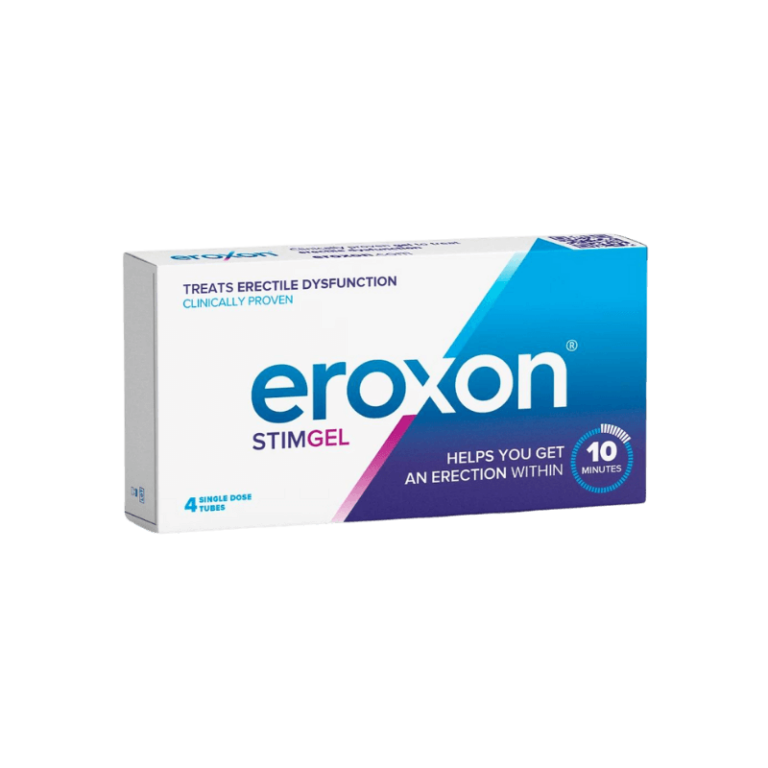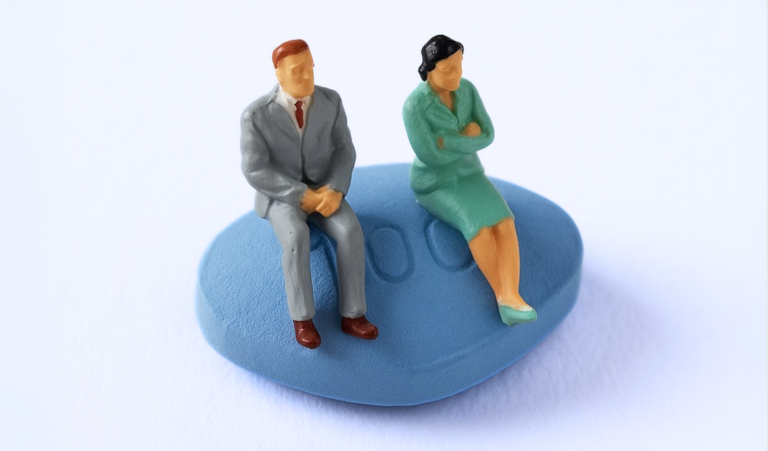Beyond the physiological, ED casts long shadows on psychological and emotional terrains. In many cultures, virility and sexual prowess are intertwined with notions of masculinity. Thus, ED often carries with it a weighty baggage of perceived inadequacy, embarrassment, and reduced self-worth.
For many men, ED becomes an albatross around their necks, affecting not just intimate relationships but also seeping into daily life, impacting mental well-being, and straining interpersonal dynamics.
Younger men, contrary to popular belief, aren’t shielded from ED. While age does play a role in the incidence of ED, factors such as stress, modern lifestyles, and societal pressures make younger men susceptible too. Their experiences, shaped by the vigor and expectations of youth, can be particularly jarring, given the cultural premium on youthful prowess.
The silent specter of ED often looms large, casting doubt, seeding insecurities, and sometimes even leading to avoidance of intimate situations. It’s a ripple effect, where the physiological impacts the psychological, which in turn can exacerbate the physiological.
Read our blog on what erectile dysfunction feels like.



















